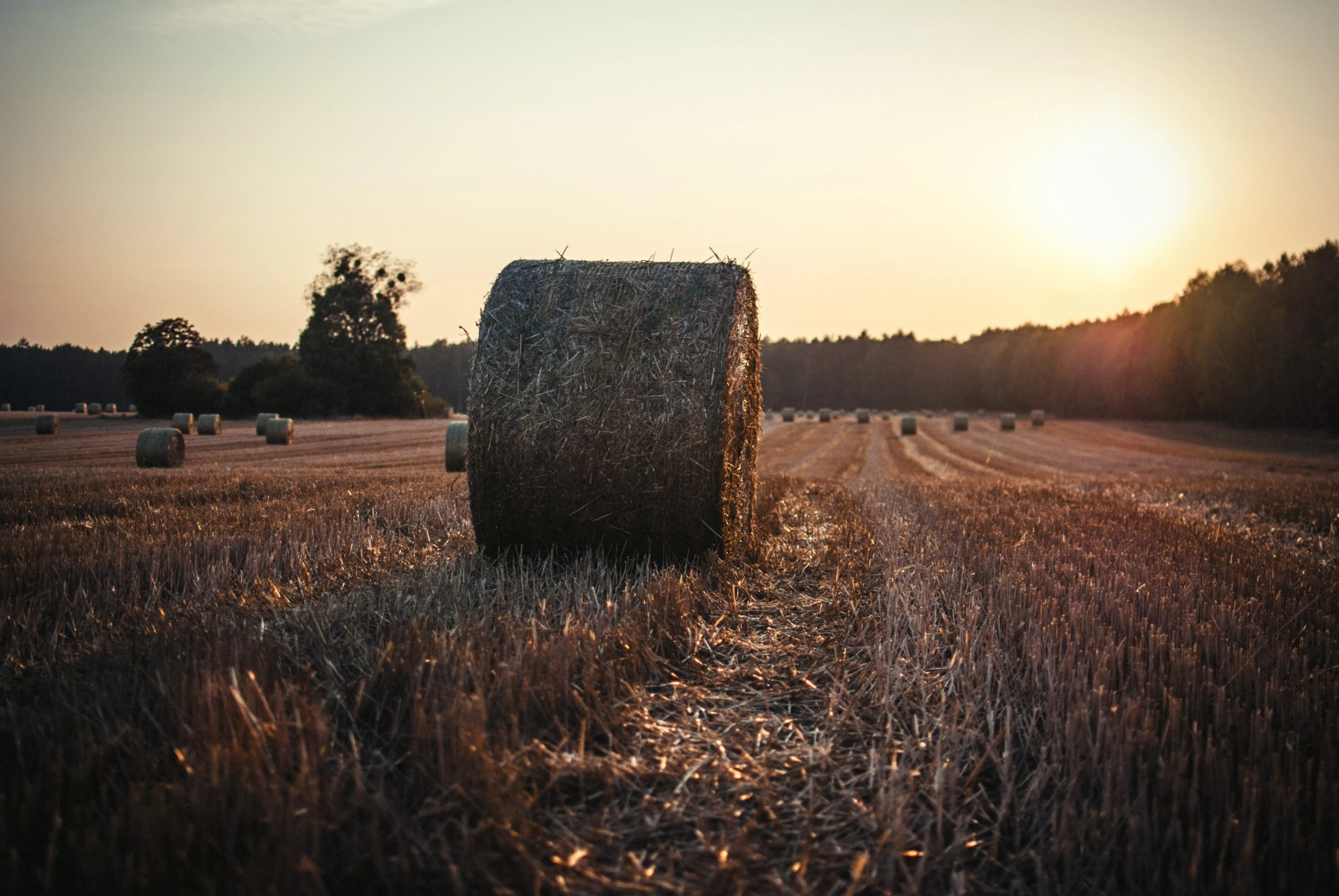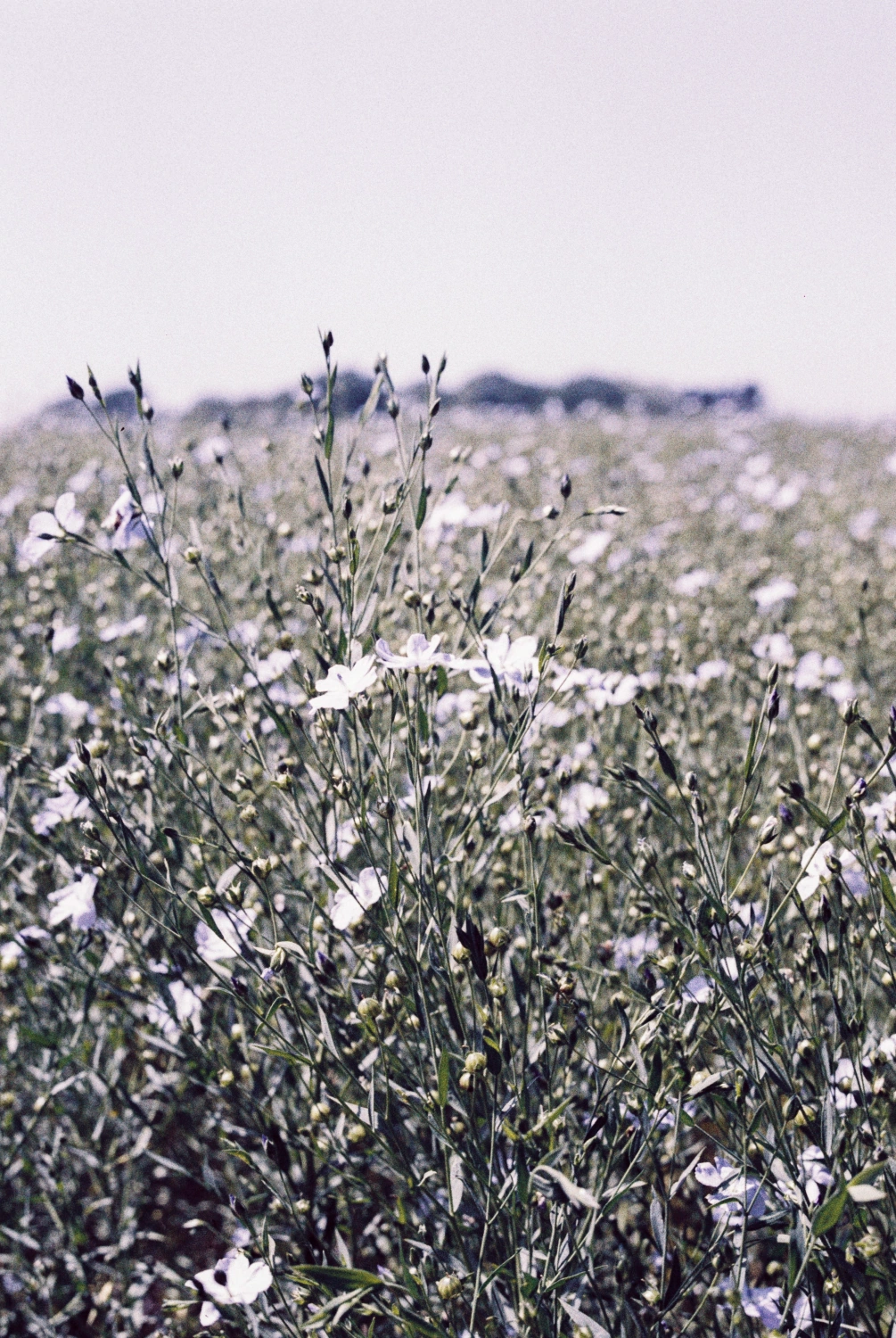Commemorating victims of Volhynia - 80 years
Reflecting on the Volhynia massacres of 1943, an ethnic cleansing of Polish civilians by Ukrainian nationalists. How we can seek truth in remembering these tragic events, while preserving the bond of unity between our nations.

July 11th marks Poland’s National Day of Remembrance of the Volhynia massacre. This year, we commemorated 80 years from the tragic Krwawa Niedziela (“bloody Sunday”) - culmination point of a mass extermination action against Polish civilians, led by the Ukraine Nationalistic units OUN and UPA.
This cruel episode from the Second World War is little spoken of today. Approaching it is intimidating, especially in these times when Ukraine is fighting again, rightfully defending its territory.
While we acknowledge this dark era of our common history, it cannot harshly separate our nations.
Between 1943 and 1945, close to one hundred thousand Poles were murdered on the lands of Volhynia and Eastern Galicia, as part of an ethnic cleansing. The goal was to eradicate any Polish elements from a land considered Ukrainian.
On July 11th, 1943, the nationalist units attacked close to one hundred Polish villages, killing about 8 thousand defenseless Poles. These were mainly children, women, elderly.
Thousands of Poles were forced to flee their homes, to escape the hateful blows inflicted upon their nation. Killings by the hands of these insurgent armies were tortuous and vicious. Respect for human dignity was completely annihilated.
Neighbors destroying one another mercilessly.
How was this possible?
The question still haunts us today, as we navigate the memories of this dark and messy period.
Between two monstrous invaders
Looking back at these events, we must remember the true enemy that fueled them. Like many tragedies of the 20th century, the Volhynia massacres are better understood within the wider narrative of totalitarian coercion.
From the start of the war, tensions began rising between Poles and Ukrainians, who once peacefully lived as neighbors in the lands of Volhynia. Our nations got trapped in a cycle of hatred inflamed by the totalitarian states seeking our destruction – Nazi Germany and Soviet Russia. The oppression and indoctrination coming from these countries exacerbated burgeoning tensions between us.
Ukrainians had suffered enough from Soviet oppression since the 1920s. Most drastically, forced collectivization campaigns eventually led to the starvation of millions in an utterly artificial, man-made famine – the Holodomor (1932-33).
These traumatic events left an indelible legacy, fueling mistrust and resentment towards the Soviets.
Then came the war, and with that Nazi Germany occupation in Volhynia, exploiting the previously formed anti-Soviet sentiments. These new occupiers actively supported Ukrainian nationalist groups such as the Ukrainian Insurgent Army (UPA) in their fight against Soviet forces. They created an illusion of alliance by emphasizing the common enemy. Providing weapons and training to the nationalist groups, the Nazis were only exploiting the traumatized people to pursue their own interests.
A sense of empowerment and legitimacy was born among the Ukrainian nationalists. The opportunity had come to win back their free country. And trusting Nazi propaganda, they saw cleansing the land from Polish occupants as a way towards the solution.

In 1942, the Organization of Ukrainian Nationalists gave birth to the Ukrainian Insurgent Army (UPA). Soon enough, one of its targets for attack became the Polish population of the Eastern borderlands. February 1943 marked the official decision to eradicate all non-Ukrainian inhabitants from territories considered as Ukrainian.
The initial fear, combined with occasional murders of Poles, quickly developed into a systematic extermination strategy. The greatest destruction touched the regions of Volhynia and Eastern Galicia, spreading across these lands at different paces.
These events culminated in the summer of 1943. On July 10th, UPA fighters bestially murdered a representative of the Polish Underground State, sent to attempt negotiations. His body was torn apart alive by horses… A starting signal for the mass carnage. With the support of local peasants, the UPA attacked Poles residing in 4300 villages. By organizing the raids on a Sunday, they took advantage of the people gathering in church that day. Countless murders occurred during religious services.
Death came to reap its harvest with exceptional barbarity. Pitchforks, sickles, axes, hammers… Victims were burnt alive, thrown into wells… Slowly and painfully… Parents watched their children being butchered in front of their eyes, before at last meeting their own end.
Even after death, the victims’ bodies were desecrated and profaned…
The goal was not uniquely to physically eliminate Poles, but to eradicate any roots testifying to the centuries of Polish heritage in those lands. Along with genocide came destruction of cultural traces. Churches, monuments, farmlands were burnt to the ground.
Yet amidst this inconceivable cruelty, we cannot forget about the “just traitors”. Ukrainians who risked their lives to save their Polish neighbors.
While one group murders atrociously, others jump into the fire to save the victims. In these darkest times, acting humanly was the greatest heroism. By hiding Poles in their attics, barns or basements, Ukrainians risked an equally cruel punishment from the hands of the UPA. The cost of showing resistance was too high. Thus, we honor all the more the brave souls who showed strength in saving our compatriots… These people were able to look beyond the swiftly spread message of hatred, easily contaminating broken souls, offering an apparent solution to suffering.
The happenings of these years remind us of a tragic misunderstanding - how easily the hurts we endure can push us towards destruction. And in these moments, the most innocent are the first to suffer…
How do we move on?
My grandmother witnessed these horrid scenes in her village, near the end of the war. Her entire family was forced to flee the borderlands and resettle in the northwest of the country.
Throughout her life, she shared many of these memories with us, inerasable despite the decades that went by. Yet beyond the hatred sown in so many people’s hearts, she also remembered a brighter side – of two nations co-existing in friendship and harmony, as neighbors. As a very friendly and approachable woman, grandma often began conversations with strangers in the bus or in a random waiting room. And every time she met Ukrainians, she was her most loving self. Not a trace of bitterness or resentment remained despite the trauma. Obviously, the people she was talking to were not directly responsible for the massacres, but it looked like she would be able to forgive even the UPA insurgents themselves. She understood the brokenness and wounds that had pushed them towards committing such atrocities.
And so, when people wonder how, despite the shadow of this genocide lurking on us, Poles are showing their support towards Ukrainian refugees today, I look back to my late-grandma’s loving forgiveness.
Fleeing war-torn countries, Ukrainians are welcomed into Polish homes. While our hearts have been broken, they can be healed.
Today, our Ukrainian brothers are once again suffering immeasurable pain from the hands of the Russian invader. As if they have not endured enough of this in the past century.
But to forgive does not mean to forget - Honoring memory
Not for vengeance, but for remembrance are the victims calling.
These words are often emphasized by families of victims from Volhynia.
Many people were thrown into ditches of oblivion, nameless mass graves, without the chance for a worthy burial. Today, actions are being undertaken to identify these victims and give them legitimate graves. Names and numbers of victims continue to be discovered today. With the support of Ukrainian authorities, our efforts could be even more fruitful.
We are seeking a place for us to pray and remember those fallen lives…
Truth is what we are all pursuing. Only on truth can be build a permanent foundation joining our two nations.
This might also mean putting an end to glorifying leaders responsible for the deaths of thousands… Creating heroes out of these people is dangerous. But above all, it is hurtful, stinging the open wounds instead of helping them heal.
Today, both our countries honor the memory of the innocent lives taken away. Last week, during the commemoration of the 80th anniversary of these events, presidents Volodymir Zelensky and Andrzej Duda stood together to pay tribute to all the victims. Our nations are united by memory, standing stronger together.
We cannot let the past poison our relations, creating enmity in a time when we need once again to cooperate against greater threats. In the face of Russia’s invasion of Ukraine, the shadow cast by Volhynia killings cannot overthrow the close bond between us.
This does not mean silencing the topic. The past is still alive in memories and needs to be faced with honesty.
This is about learning from history. To avoid recreating the pain that endures for years on end.
